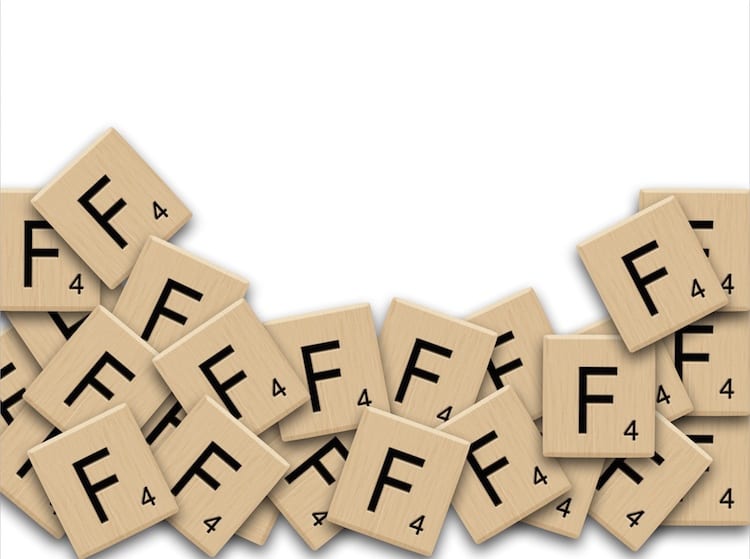Funtabulously Frivolous Friday Five 237
Just when you thought your brain could unwind on a Friday, you realise that it would rather be challenged with some good old fashioned medical trivia FFFF, introducing the Funtabulously Frivolous Friday Five 237
Question 1
Who wrote a treatise on appendicitis in 1889?
Reveal the funtabulous answer
Charles Heber McBurney (1845 – 1913)
The seat of greatest pain, determined by the pressure of one finger, has been very exactly between an inch and a half and two two inches from the anterior spinous process of the ilium on a straight line drawn from that process to the umbilicus
McBurney 1889
- Eponymythology – Appendicitis eponymous signs
- McBurney C. Experience with early operative interference in cases of disease of the vermiform appendix. New York Medical Journal, 1889; 50: 676-684.
Question 2
Which anaesthetist published a neonatal scoring system commonly used today in 1953?
Reveal the funtabulous answer
Virginia Apgar (1909 – 1974)
APGAR is the (b)acronym for the eponym
The APGAR scoring system is a comprehensive screening tool which should be used to assess newborns at birth and can assist in identifying the need for any immediate attention/ intervention that baby needs.
The original work published by Apgar in 1953 described the five variables as heart rate, respiratory effort, reflex irritability, muscle tone and colour. In 1961 Apgar received a letter from Dr Joseph Butterfield a professor at the Colorado University in Denver which informed her that one of his residents had devised an acronym connecting the five letters of her surname to the five evaluations of the newborn…APGAR.
Question 3
A son of an innkeeper described the effectiveness of chest percussion for diagnosing certain respiratory ailments. Who was he?
Reveal the funtabulous answer
Josef Leopold Auenbrugger von Auenbrugger (1722 – 1809)
Auenbrugger is said to have tapped wine barrels in his father’s cellar as a boy to find out how full they were. Auenbrugger validated his clinical observations on the use of diagnostic percussion by:
- comparing clinical assessments with post-mortem findings
- injecting fluid into the pleural cavity of cadavers to demonstrate that percussion could accurately define the physical limits of any fluid present.
Unfortunately his work was largely unheralded at the time. His teacher (Van Swieten) in 1764 and 1772 major treatises on ‘pulmonary chills and chest water’ failed to mention Auenbrugger. Similarly De Haen, who was the head of the medical clinic in Vienna from 1754-1776 makes no comment on percussion in “Ratio Medendi In Nosocomio Practico Vol I to VIII” ironically complaining
how dark and difficult is the diagnosis of the thoracic water, the pleuritic and pericardian exudates.
It was not until a French translation by Jean-Nicolas Corvisart des Marest, personal physician to Napoleon, appeared in 1808 that the diagnostic method gained worldwide acceptance. Corvisart taught the method of percussion to his students and in 1808 translated and published the book with annotations a year before Auenbrugger’s death.
Question 4
Which heavy metal accumulates in the lenses of the eyes of smokers?
Reveal the funtabulous answer
Cadmium
The accumulation of copper, lead, and cadmium occurs in cataract. The probable source of cadmium in humans is cigarettes.
Lenticular cadmium accumulation also increases copper and lead precipitation in the lens. Cigarette smoking might be cataractogenic.
- Cekic O. Effect of cigarette smoking on copper, lead, and cadmium accumulation in human lens. Br J Ophthalmol. 1998 Feb;82(2):186-8.
Question 5
Do identical twins have identical fingerprints?
Reveal the funtabulous answer
No
To a standard DNA test, they are indistinguishable. But any forensics expert will tell you that there is at least one surefire way to tell them apart: identical twins do not have matching fingerprints.
Genetics helps determine the general patterns on a fingertip, which appear as arches, loops and whorls. While a foetus is developing, the ridges along these patterns are influenced by a number of factors, including bone growth, pressures within the womb and contact with amniotic fluid.
- O’Connor A. The Claim: Identical Twins Have Identical Fingerprints. NY Times Nov. 2, 2004
…and finally

FFFF
Funtabulously Frivolous Friday Five
Dr Neil Long BMBS FACEM FRCEM FRCPC. Emergency Physician at Kelowna hospital, British Columbia. Loves the misery of alpine climbing and working in austere environments (namely tertiary trauma centres). Supporter of FOAMed, lifelong education and trying to find that elusive peak performance.


